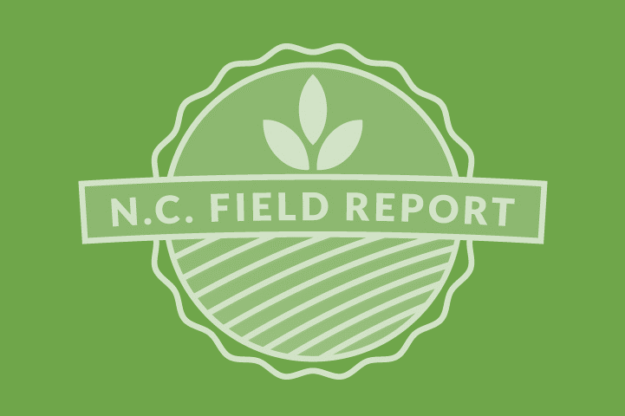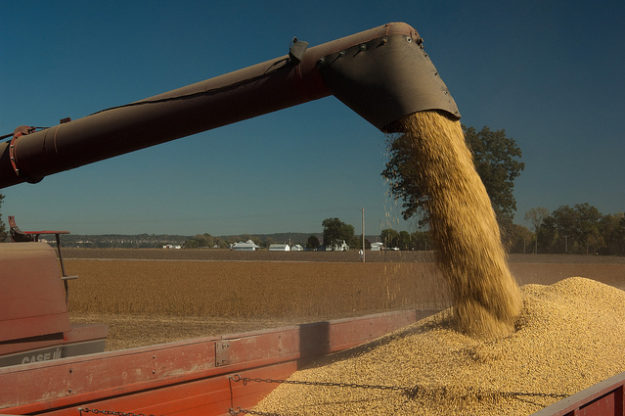Wrapping Up 2016
With over 80% of North Carolina soybeans out of the field, the 2016 season is officially winding down. 2016 was a tough year for many with extensive drought in the west, and drought followed by flooding in the east. Thankfully, it sounds like statewide yields aren’t as bad as originally thought. NCDA’s November estimate has…
Details









